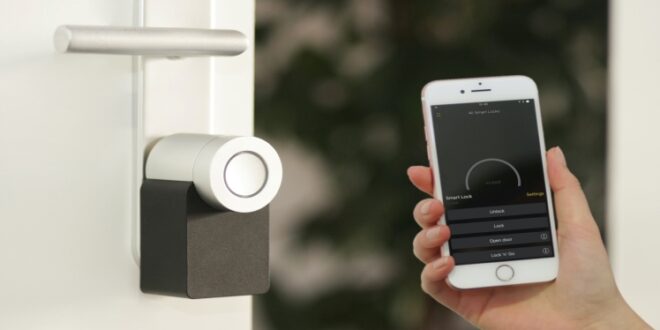Technology is all around us. It shapes our communications, finances and our daily working practices, to name just three major aspects of our lives. It’s also becoming increasingly prevalent in our homes, with more and more people introducing smart products into their living spaces.
These devices are all connected by the Internet of Things (IoT) and are designed to make our lives easier. But what exactly is the IoT? What is a smart home, and what are some of the benefits of living in one? Read on to find out more.
What is the IoT?
The Internet of Things is a collective term for devices that can communicate with each other – for example the way that your phone and your smart watch share information about your daily exercise routine. Of course, that can apply on a larger scale – for example in the home, where your smart speaker can pass your commands onto the light settings to adjust the illumination in a room.
What is a smart home?
The aforementioned example is just one of the many functionalities that a smart home can offer. Within a smart home, you can connect a number of appliances and products to a centralized network and control them – remotely, if required – via your phone or tablet.
As well as smart speakers, there are thermostats, lights, ovens, security cameras, motion sensors and many other devices for you to choose from. And some appliances use soft starters, which help to increase energy efficiency, lower the risk of power surges and improve the lifespan of those products.
What are some of the benefits of smart homes?
CCTV, hidden doorbell cameras and motion-detection lights can all help to enhance security around your home, while smart thermostats can be used to improve your energy efficiency. Rather than heating the house all day, the settings can be adjusted so that the temperature is only turned up when people are in the building – ensuring you only use the energy that you need.
Not only that, but all your devices can be managed from one central hub. It means you can become familiar with using one interface rather than several, and the compatibility of the appliances mean you can introduce new products to your home without worrying about their effectiveness.
What does the future of smart homes look like?
It’s predicted that the global home automation market will reach a value of $114 billion by 2025. That represents a sizeable growth from the $45.8bn recorded in 2017, and with technological advances being made at a rapid rate, it’s hard to envisage anything other than smart homes becoming the norm over the next few years.
 HammBurg Be informed with latest news, reviews, entertainment, lifestyle tips, and much more.
HammBurg Be informed with latest news, reviews, entertainment, lifestyle tips, and much more.




